Text by Stelios Andreou
The Liberland design competition’s goal was to challenge the contemporary urban and architectural design status quo by responding to Liberland’s fundamental values and by speculating on the general design potential for this new micronation of 7 km² which is situated between Croatia and Serbia on the west bank of the Danube river. The proposal pursued an holistic urban design approach through a ground reconfiguration and subsequently it’s urban block adaptation as described below. The proposal was presented via three boards.
Topography
The design process initiated with the recognition of the geometric conditions of the existing site. A cluster of lines with specific directionality that imply the dynamic of the current field and the Danube river were the basis of the research that followed. Through a series of cloth simulations the ground behaves as such and is influenced by forces like wind and gravity. Specific attributes were valued like rigidity and elasticity, in order to generate a geometry that will serve as a new ground that will identify Liberland with a whole unified and coherent landscape characterized by a continuous flow. Therefore, the topography tends to accentuate the geometric elements of the given site and also creates the appropriate field conditions in order to enable the specific bio-structured urban environment to grow.
Urban block
The urban fabric of Liberland is conceived as a complex, variegated order inspired by self-organizing processes of nature. The urban block consists of the perimeter volume which through a series of studies subjects itself to massing transformation horizontally and vertically in order to gain spatial qualities necessary for the urban environment. The result is a coherent network which is continuously differentiated.
The buildings form a continuously changing field where no two buildings are exactly the same but are however generated and articulated under the same unifying principles. Each urban block is unique by the features and conditions where it’s been generated but all follow the same defined laws of the designed transformation, which gives eventually coherence to the field. Based on an hexagonal grid which offers varied connectivity, the urban network constitutes strongly articulated clusters of urban densifications. Like an organism to its biotope, these urban blocks adapt to their surroundings by aligning to the contour lines of the topography and gaining height inversely proportional to the inclination of the ground.
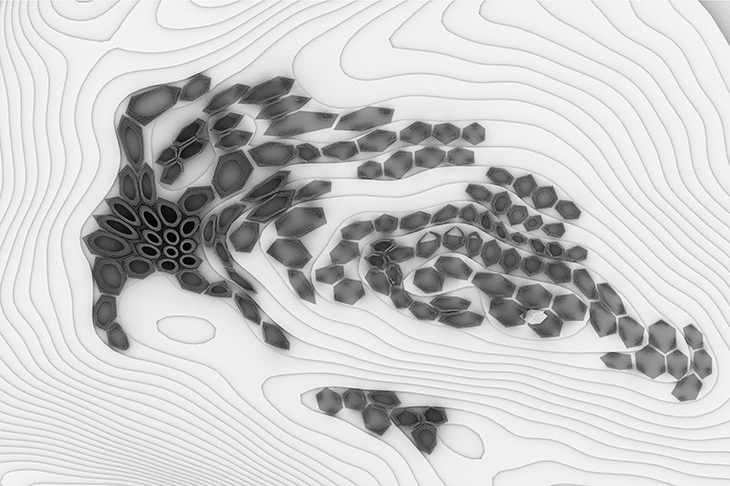 NTUA ARCHITECTURE STUDENT STELIOS ANDREOU WINS 3RD PRIZE IN LIBERLAND DESIGN COMPETITION
NTUA ARCHITECTURE STUDENT STELIOS ANDREOU WINS 3RD PRIZE IN LIBERLAND DESIGN COMPETITION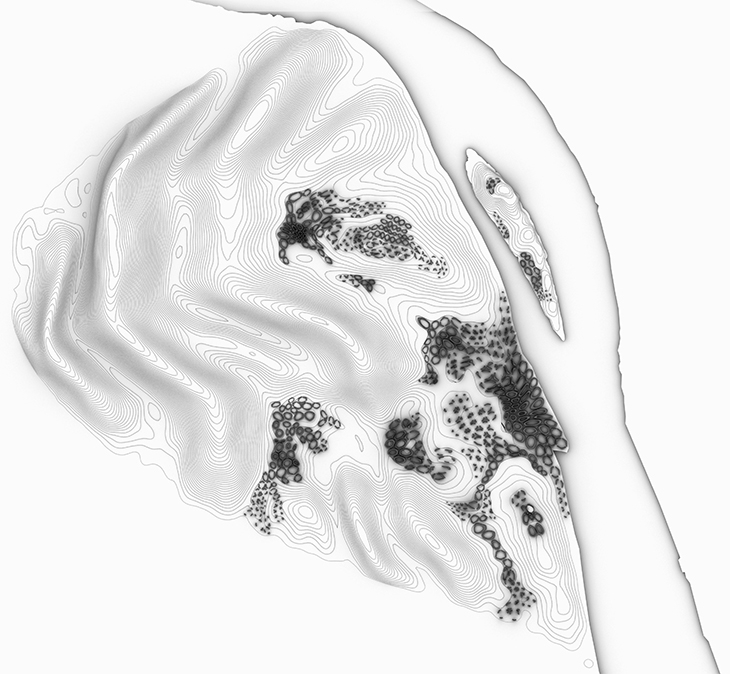 NTUA ARCHITECTURE STUDENT STELIOS ANDREOU WINS 3RD PRIZE IN LIBERLAND DESIGN COMPETITION
NTUA ARCHITECTURE STUDENT STELIOS ANDREOU WINS 3RD PRIZE IN LIBERLAND DESIGN COMPETITION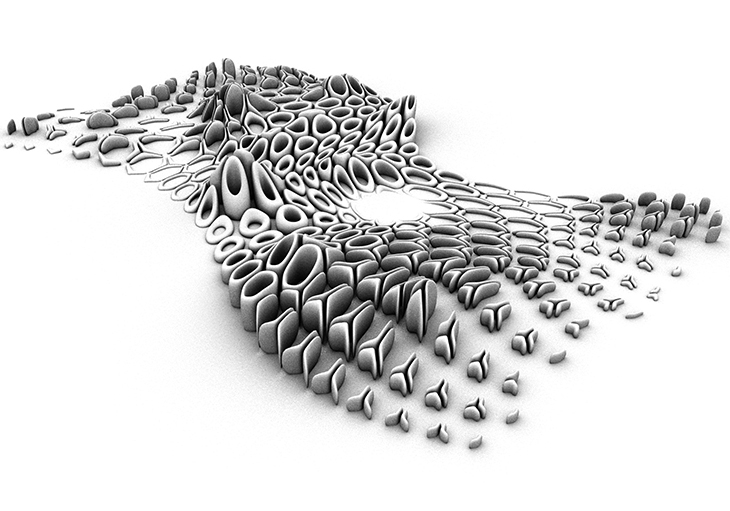 NTUA ARCHITECTURE STUDENT STELIOS ANDREOU WINS 3RD PRIZE IN LIBERLAND DESIGN COMPETITION
NTUA ARCHITECTURE STUDENT STELIOS ANDREOU WINS 3RD PRIZE IN LIBERLAND DESIGN COMPETITION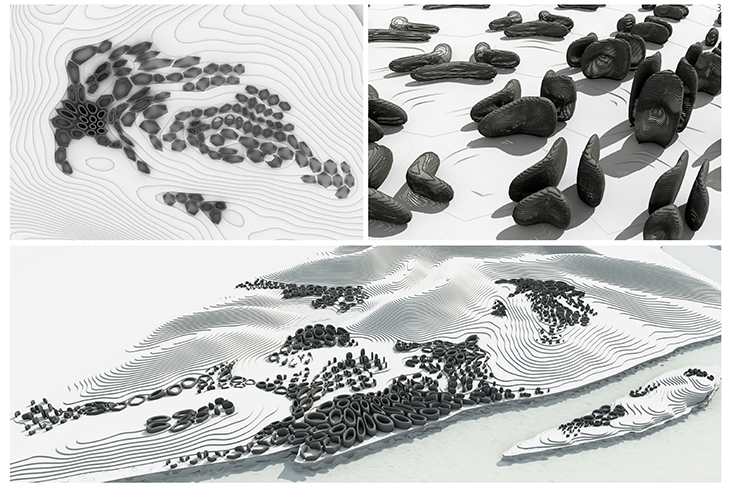 NTUA ARCHITECTURE STUDENT STELIOS ANDREOU WINS 3RD PRIZE IN LIBERLAND DESIGN COMPETITION
NTUA ARCHITECTURE STUDENT STELIOS ANDREOU WINS 3RD PRIZE IN LIBERLAND DESIGN COMPETITION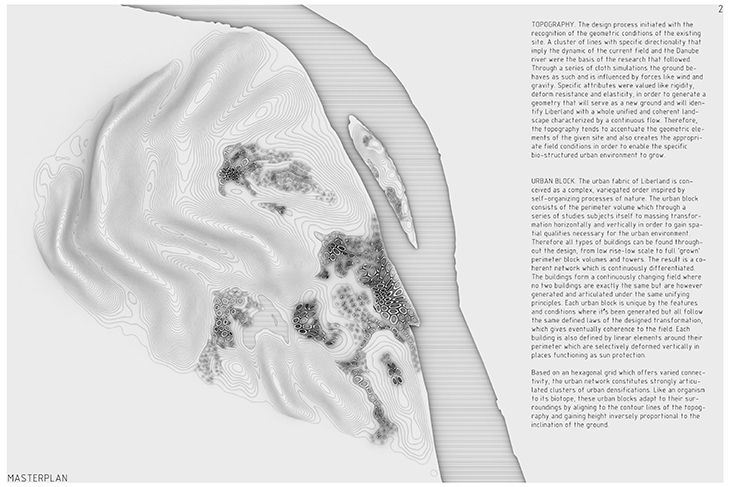 NTUA ARCHITECTURE STUDENT STELIOS ANDREOU WINS 3RD PRIZE IN LIBERLAND DESIGN COMPETITION
NTUA ARCHITECTURE STUDENT STELIOS ANDREOU WINS 3RD PRIZE IN LIBERLAND DESIGN COMPETITION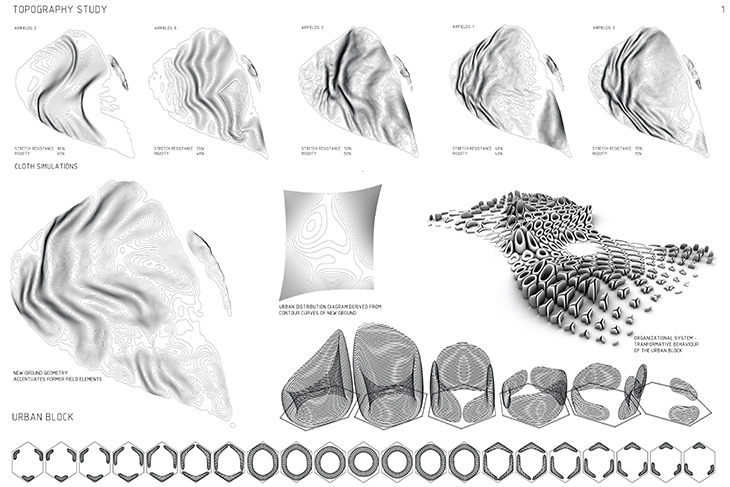 NTUA ARCHITECTURE STUDENT STELIOS ANDREOU WINS 3RD PRIZE IN LIBERLAND DESIGN COMPETITION
NTUA ARCHITECTURE STUDENT STELIOS ANDREOU WINS 3RD PRIZE IN LIBERLAND DESIGN COMPETITIONREAD ALSO: C.F. MØLLER TO CONSTRUCT A FULLY TIMBER TOWN IN ÖREBRO, SWEDEN

